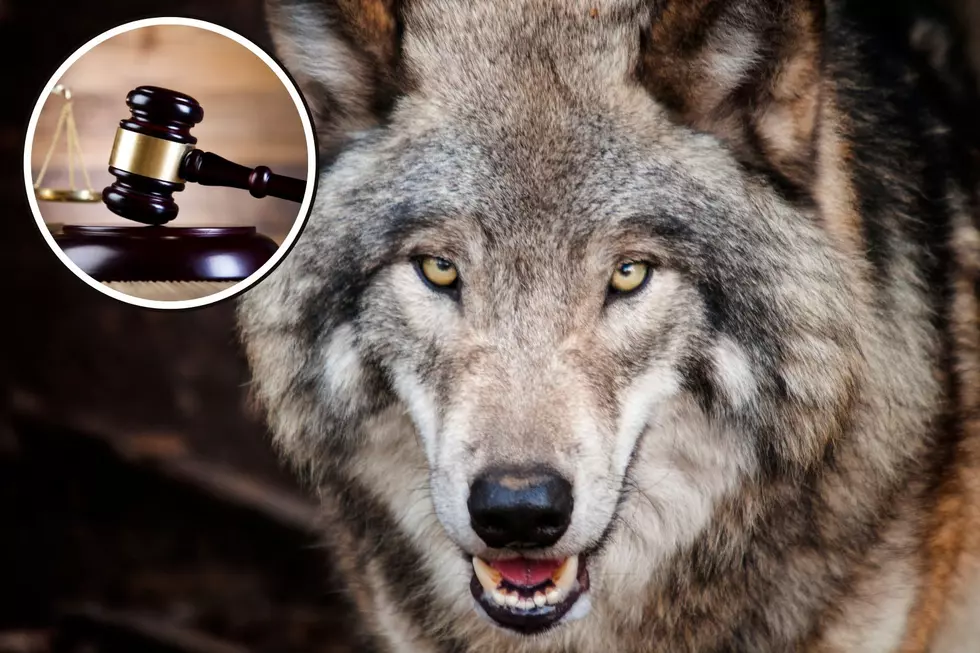
Just How Powerful is the Volcano Sitting Under Yellowstone National Park?
In case you didn't realize it, there is a volcano resting underneath Yellowstone National Park in Wyoming. Not just any volcano. It's known as a 'Supervolcano', which is said to be thousands of times more powerful than any regular volcano. That being said, 'Yellowstone Caldera' as it has come to be known, is one of the most powerful in the U.S. But just how powerful?
In a recent list published by 24/7 Wall St., they ranked the most dangerous volcanoes in the U.S. There are about 161 active volcanoes in the U.S., so even ranking on this list is saying something for the magnitude of danger from a potential volcanic eruption of any of these. Using reports from the U.S. Geological Survey, as well as the Smithsonian Institution's Volcanoes of the World Database, they were able determine just how big of a threat each volcano was.
As for the supervolcano, Yellowstone Caldera, that sits underneath Yellowstone National Park, it made the list as the 21st most dangerous volcano in the U.S. That is a pretty high ranking, given the fact that there's only 161 active volcanoes. A 'overall threat score' was determined for each volcano listed, which took into consideration things like 'nearby population or infrastructure'. The statistics for 'Yellowstone Caldera' look like this:
> Overall threat score: 115
> Population within 30 km (approx. 18 miles): 234
> Population within 100 km (approx. 30 miles): 20,692
So what does that threat score mean? For example, Kilauea, HI has the most dangerous volcano there is. It has a threat score of 263. The scary part about this volcano is that it has already erupted this year, spewing '320,000 Olympic-size swimming pools’ worth of molten rock from its eastern flank'. That's pretty disturbing in itself.
According to an article from the publication 'Vox', a massive eruption from Yellowstone Caldera could lay out ash thousands of miles away throughout the U.S. This could damage buildings, destroy crops, and much more. The biggest eruptions in the history of the supervolcano have taken place 2.1 million years ago, 1.3 million years ago, and 664,000 years ago. While the chances aren't great for us to see one anytime soon in our lifetime or even for several centuries beyond today, should a dreadful eruption happen, it could send several feet of volcanic ash across, not just Wyoming, but Colorado, Montana, Idaho and completely cover the Midwest as well.
However, Jacob Lowenstern of the U.S. Geological Survey, and also is the 'Scientist-in-Charge' of the Yellowstone Volcano Observatory has said this about the supervolcano under the national park:
Even if Yellowstone did erupt again, you probably wouldn't get that worst-case scenario...What's much, much more common are small eruptions — that's a point that often gets ignored in the press.
For the time being at least, we'll take that statement and run with it.
10 Reasons Why You're Lucky to Be Living in Wyoming
- 10 Reasons Why You're Lucky to Be Living in Wyoming,
30 Wyoming Attractions To Visit
- 30 Wyoming Attractions To Visit
15 Questions You Should Never Ask Someone From Wyoming
- 15 Questions You Should Never Ask Someone From Wyoming
More From Y95 Country









